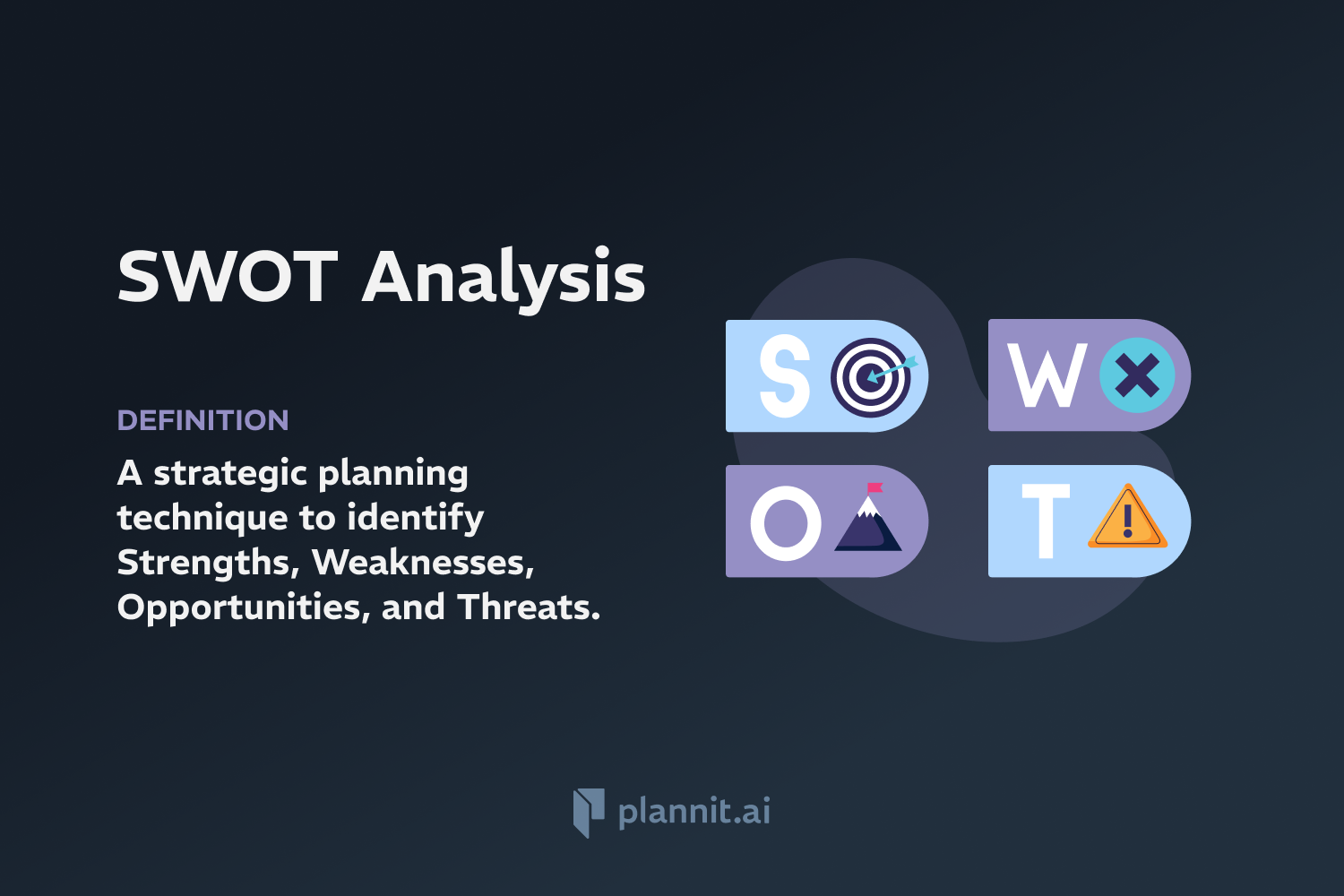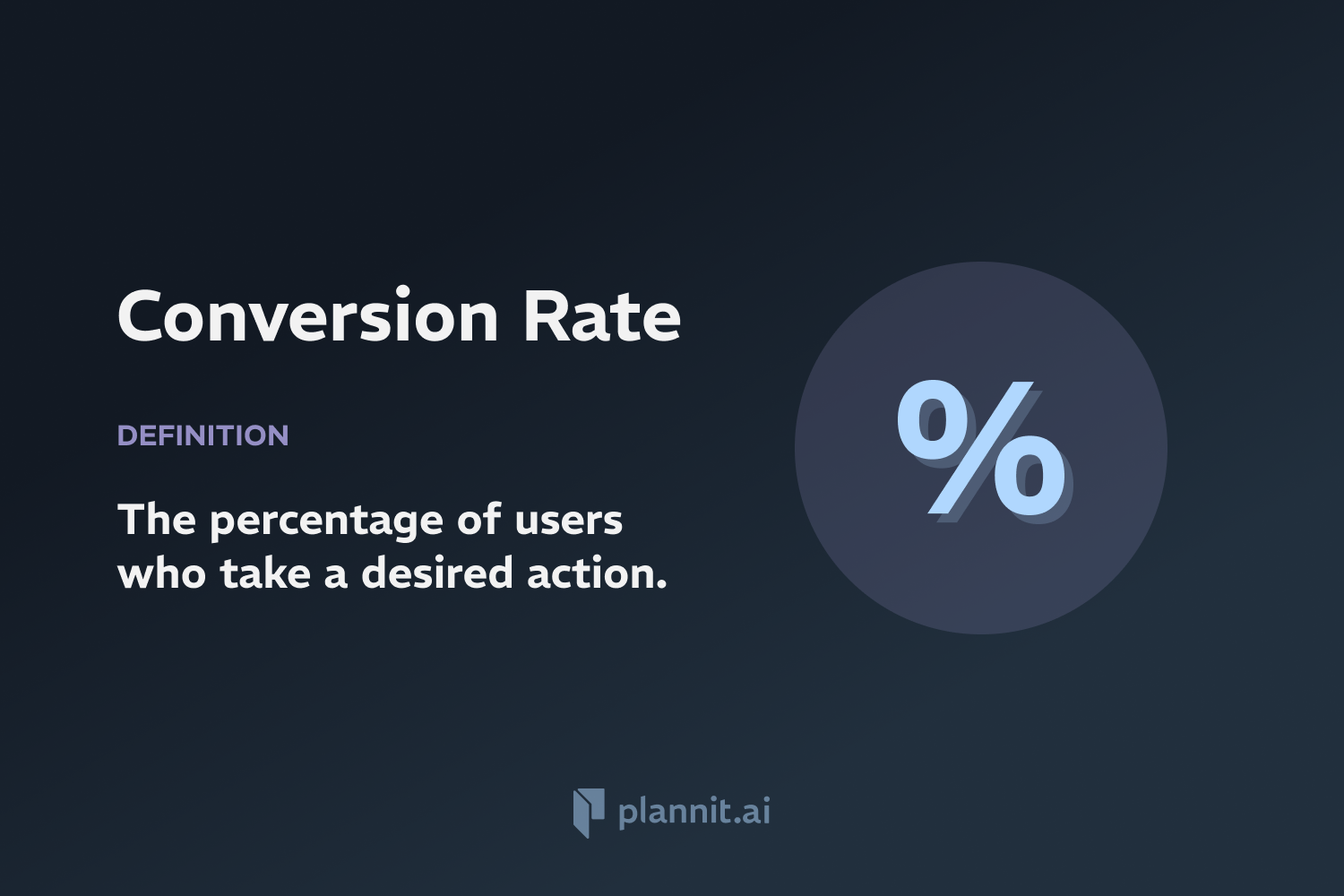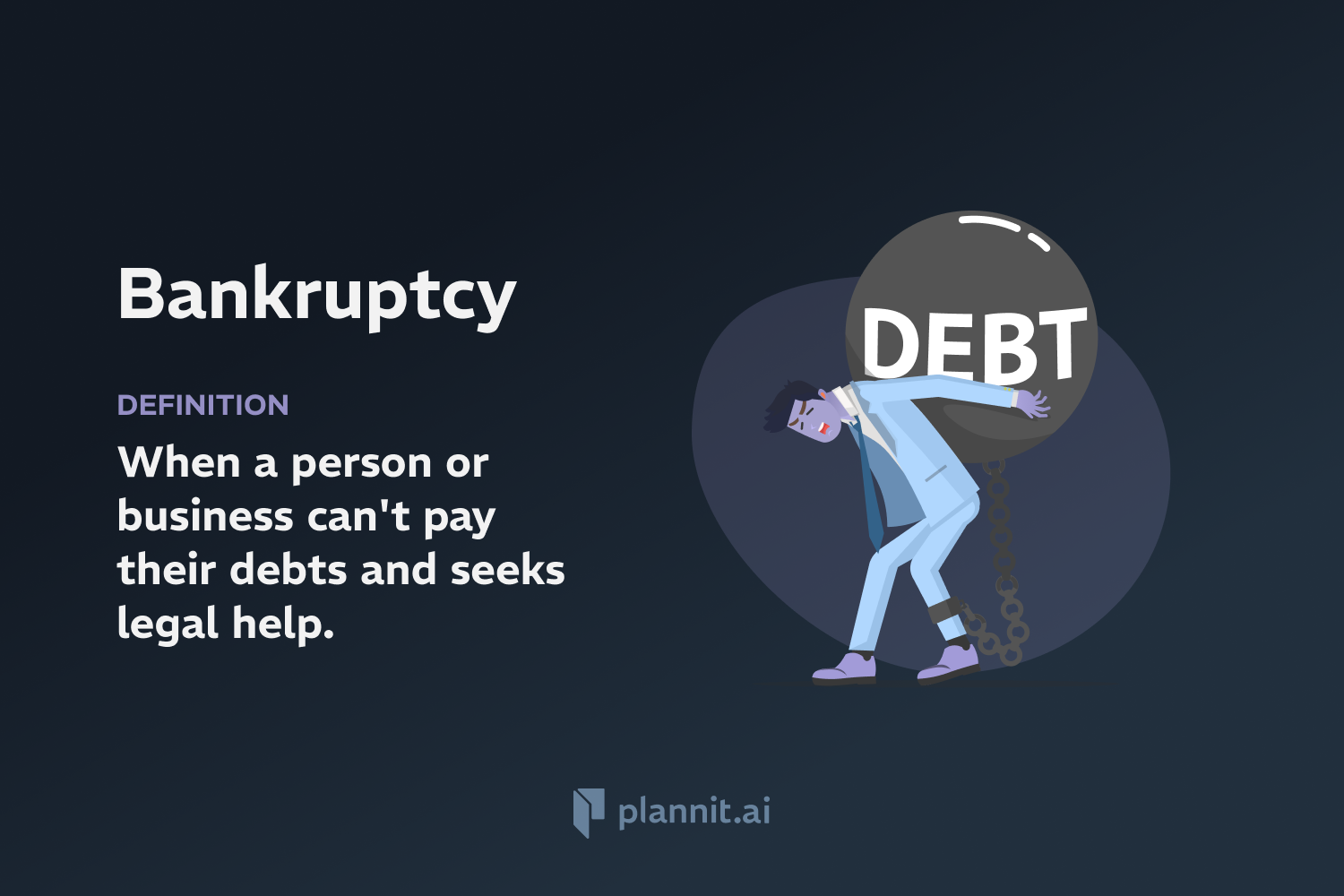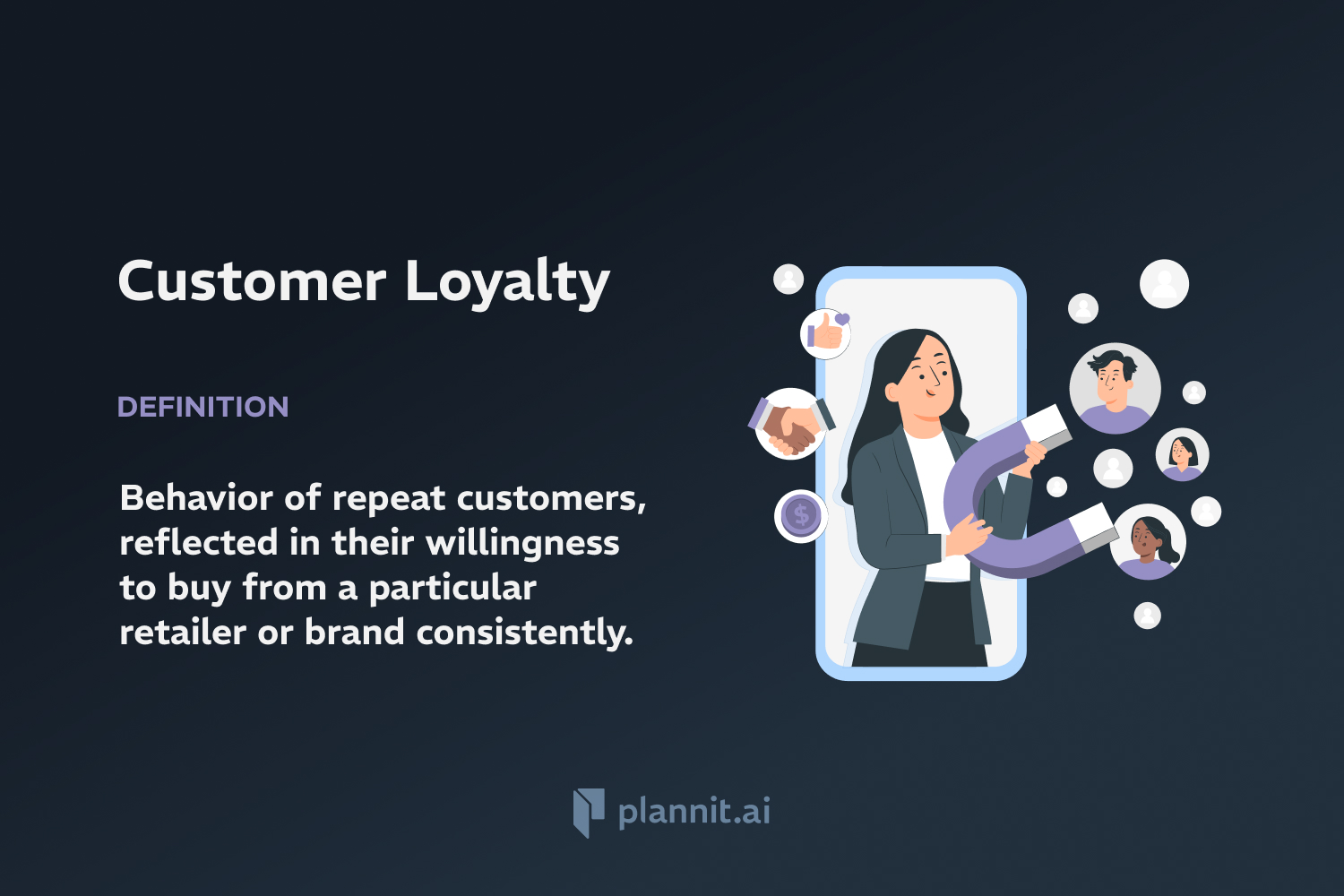Need Help With Your Business Plan?
Answer tailored questions and get a detailed business plan in minutes.
SWOT Analysis: Definition & In-Depth Explanation

SWOT Analysis is a strategic planning tool used to identify and understand the Strengths, Weaknesses, Opportunities, and Threats related to business competition or project planning. This method is universal in scope and can be used by businesses of all sizes and sectors to evaluate where they stand and how they can advance in the marketplace. It is often conducted at the start of a strategic review process or during the planning stages of a new project or business venture.
Purpose:
The purpose of conducting a SWOT analysis is to help organizations develop a full awareness of all the factors involved in making a business decision. This analysis forms the basis for developing strategic plans and setting realistic goals based on the organization's capabilities and the external environment it operates within. By understanding these strategic elements, companies can better leverage their strengths, minimize weaknesses, capitalize on opportunities, and mitigate potential threats.
Example:
A technology startup may perform a SWOT analysis to determine its current position before launching a new product. Here's how it might look:
Strengths: Innovative product features, a skilled technology team, strong brand loyalty.
Weaknesses: Limited financial resources, small staff, limited market presence.
Opportunities: Emerging demand for smart devices, potential partnerships with larger firms, expansion of product lines.
Threats: Competition from established tech giants, rapid technological change, potential regulatory challenges.
Related Terms:
PEST Analysis: A framework considering Political, Economic, Social, and Technological factors that could impact a company’s marketplace.
Competitive Analysis: Evaluation of the strengths and weaknesses of current and potential competitors.
Market Analysis: An assessment of a market within a specific industry to understand the dynamics involved in its functioning and the potential opportunities and threats.
Risk Management: The forecasting and evaluation of financial risks together with the identification of procedures to avoid or minimize their impact.
FAQs:
How often should a SWOT analysis be performed?
SWOT analysis should be conducted regularly, especially when there are significant changes in the internal or external environments, or at least annually as part of the strategic planning process.
Who should be involved in a SWOT analysis?
A SWOT analysis is most effective when diverse groups within an organization participate, including leadership, management, and key employees across different departments.
Can SWOT analysis be used for personal career planning?
Yes, individuals can use SWOT analysis to evaluate their career paths, identifying strengths to capitalize on, weaknesses to improve, opportunities to seize, and threats to manage.
What are the limitations of SWOT analysis?
While SWOT analysis helps in strategic planning, it does not provide specific ways to achieve competitive advantage, nor does it prioritize issues or offer solutions. It can also be subjective, as different people can see strengths, weaknesses, opportunities, and threats in different ways.
Is SWOT analysis applicable to non-profit organizations?
Yes, SWOT analysis can be very beneficial for non-profits, helping them to align their objectives with their operational capabilities and the external environment.
Get funding with a business plan that will impress investors.
Starting a New Business?



